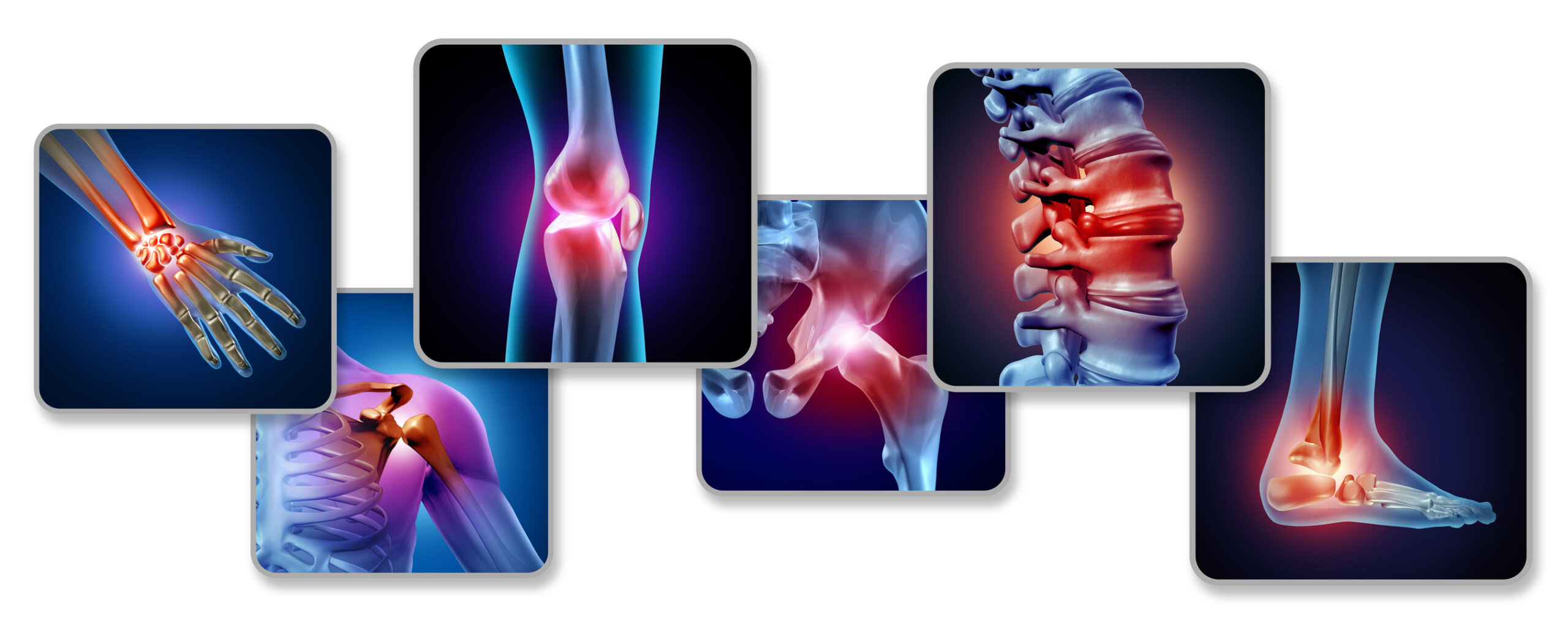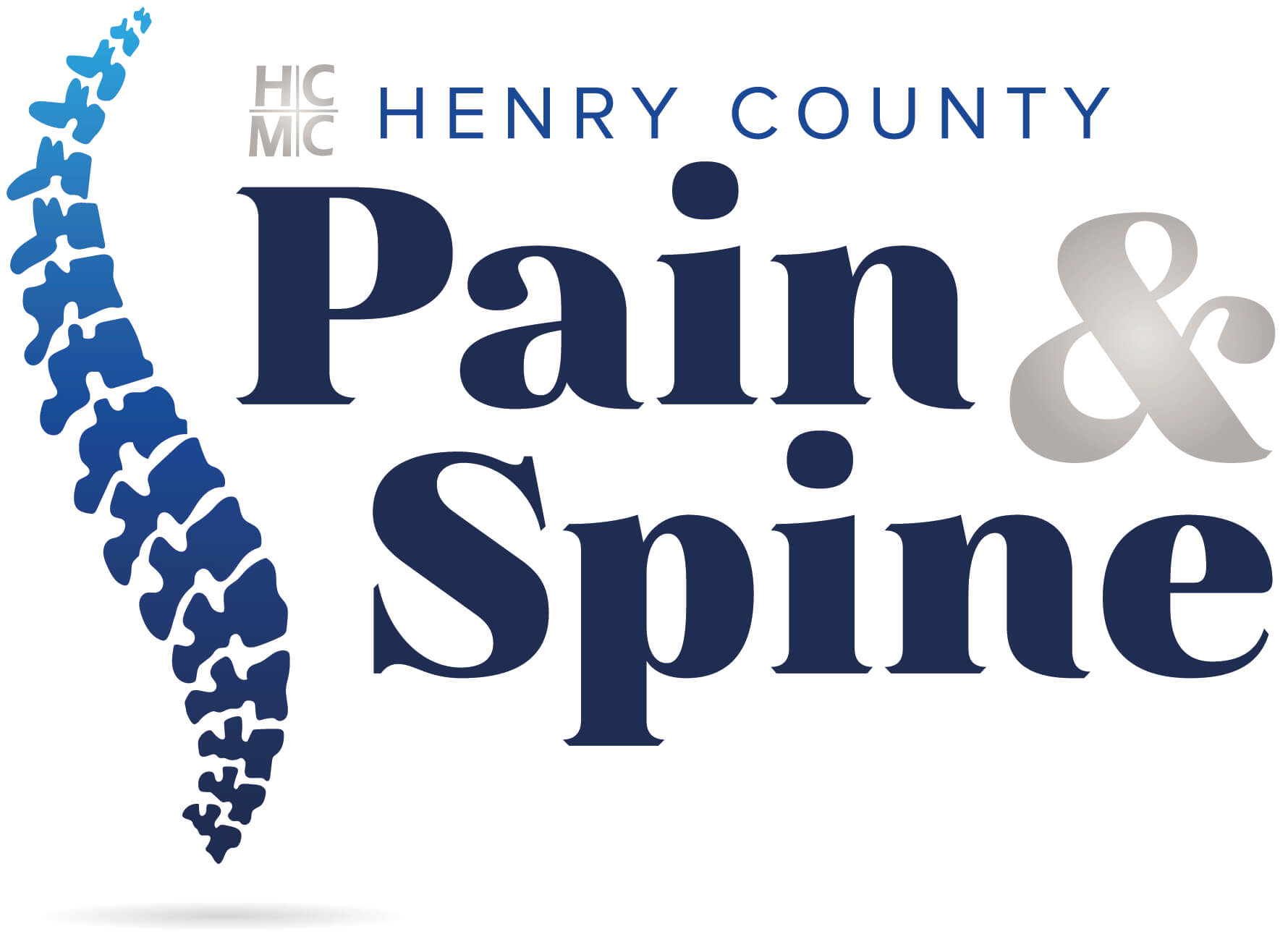Occipital Nerve Blocks
 Occipital nerve blocks are performed to treat migraines, cluster headaches, spondylosis of the cervical facet joints, and occipital neuralgia. It involves injecting an anesthetic around the greater and lesser occipital nerves. A recent study found that 64 percent of patients had their headache lessen in five minutes after the injection.
Occipital nerve blocks are performed to treat migraines, cluster headaches, spondylosis of the cervical facet joints, and occipital neuralgia. It involves injecting an anesthetic around the greater and lesser occipital nerves. A recent study found that 64 percent of patients had their headache lessen in five minutes after the injection.
Frequently Asked Questions
What is the purpose of this procedure?
The purpose of this procedure is to help in the management of headaches.
Where is the occipital nerve located?
The occipital nerve is located in the back of the head, just about the neck and between the first and second vertebrae.
How is the procedure performed?
Either sitting or lying flat on his/her stomach, whichever is more comfortable, a mixture of local anesthetic and steroid is injected into the area with a fine needle.
How much time does the procedure take?
The occipital nerve block takes about five minutes.
What medicine is injected?
A mixture of local anesthetic and steroid.
How long will it be before I get relief?
Depending on the amount of swelling in the nerve, some patients report feeling relief within a matter of minutes. Other patients may not feel relief for a couple of days.
How long does the effect of the injection last?
The effect of the medication can last a few weeks to a few months.
What if the injection doesn’t work?
If the patient doesn’t feel relief from the first occipital nerve injection within the first couple of weeks, then a second block may be necessary. If the results of both injections lack relief, further examination will be performed.
What are the risks and side effects?
Like most procedures, they are not risk free and there is always a possibility of side effects. The most common side effect is pain, swelling, and irritation at the injection site. Bleeding, infection, allergic reaction, light-headedness may also occur.
Who should not have this injection?
Patients who are allergic to local anesthetic and/or steroids, have active infections, or poorly controlled diabetes will need further discussions.











